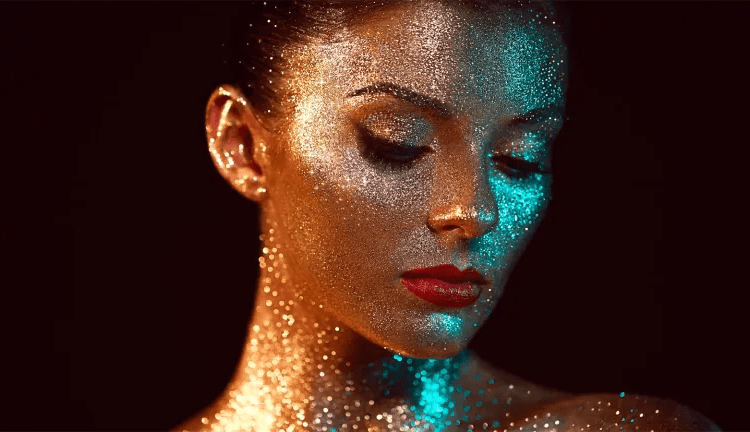The Strawberry Moon: A Low, Bright Phenomenon in June 2025
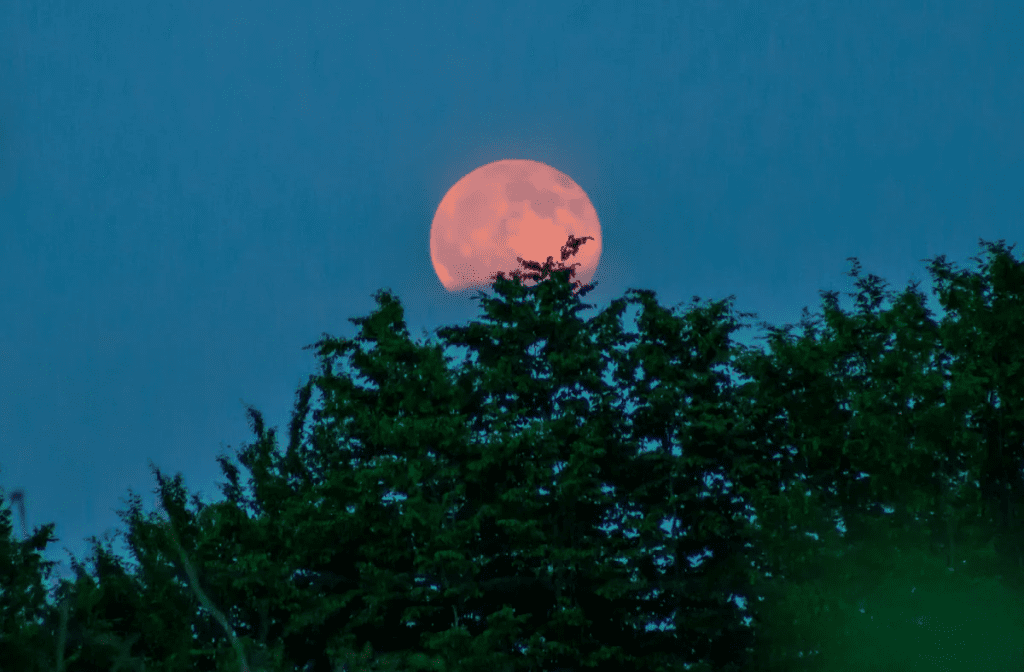
On June 11, 2025, the full Moon will reach its peak at 22:46 BST, marking the arrival of the Strawberry Moon—the sixth full Moon of the year. This Moon is unique, as it will appear alongside the bright red star Antares, often called the ‘rival of Mars,’ and is notably the lowest full Moon of the year, as well as one of the farthest from the Sun.
Why It’s Called the Strawberry Moon
The Strawberry Moon gets its name from the start of strawberry season in June, a time when wild strawberries ripen in the Northern Hemisphere. The name originates from Native American tribes, particularly the Algonquin, who used it to mark this event. However, despite the name, the Moon won’t actually appear redder or more strawberry-like than usual. When the full Moon is low on the horizon, it can appear orange or rusty red due to how light scatters through the thicker atmosphere, but this isn’t related to its name.
The Strawberry Moon and Antares

In 2025, the Strawberry Moon will shine in the constellation Sagittarius. A few days before the full Moon, on June 9 and 10, you can spot the Moon near the red star Antares, the brightest star in the Scorpius constellation. Antares, known as the ‘rival of Mars’ for its reddish hue, often gets mistaken for the planet itself.
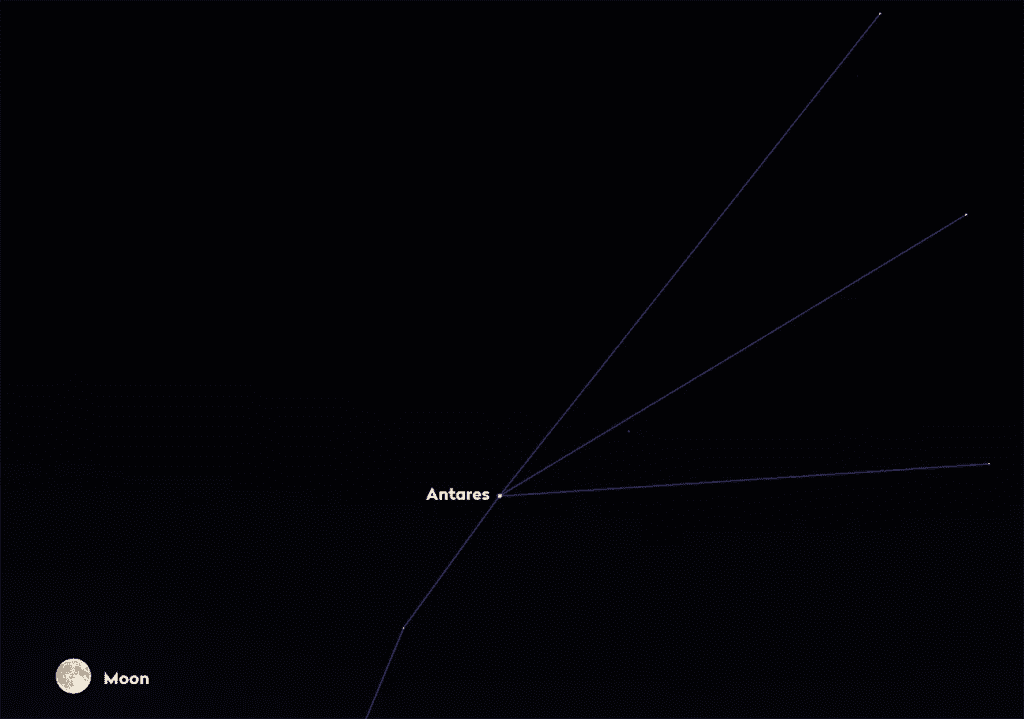
By June 11, the Moon will have moved further left of Antares and into Sagittarius. Over the course of a few nights, the Moon will travel through three constellations: Scorpius, Ophiuchus, and Sagittarius.
A Low Strawberry Moon
As one of the lowest full Moons of the year, the Strawberry Moon will be positioned low in the sky, making it more challenging to view unless you have a clear southern horizon free from obstructions like trees or buildings. This also means the Moon will appear larger than usual due to the “Moon illusion,” which makes a low-hanging full Moon look more massive than when it’s higher in the sky.
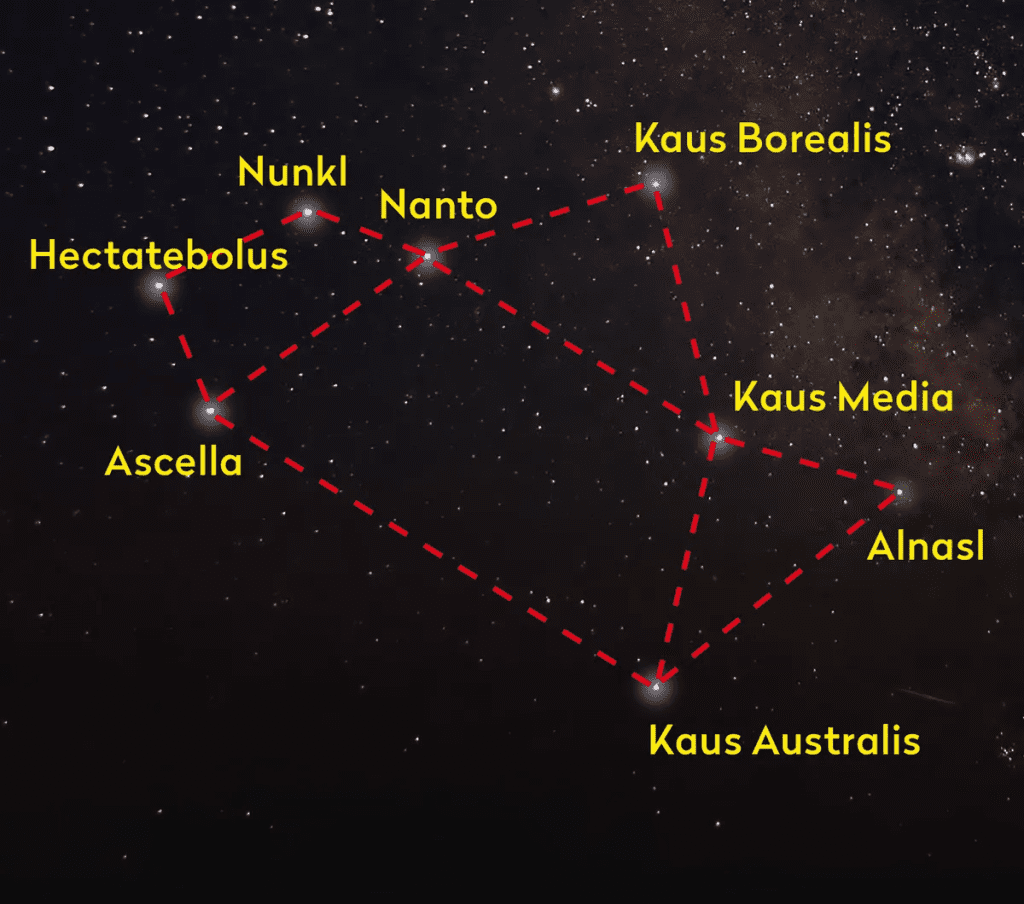
The Farthest Full Moon from the Sun
The Strawberry Moon also happens to be one of the farthest full Moons from the Sun this year. Earth’s orbit around the Sun is elliptical, meaning it reaches its farthest point—aphelion—on July 3. On the night of the full Moon, Earth will be approaching its maximum distance from the Sun, making this full Moon one of the farthest from it in the Moon’s orbit around Earth.
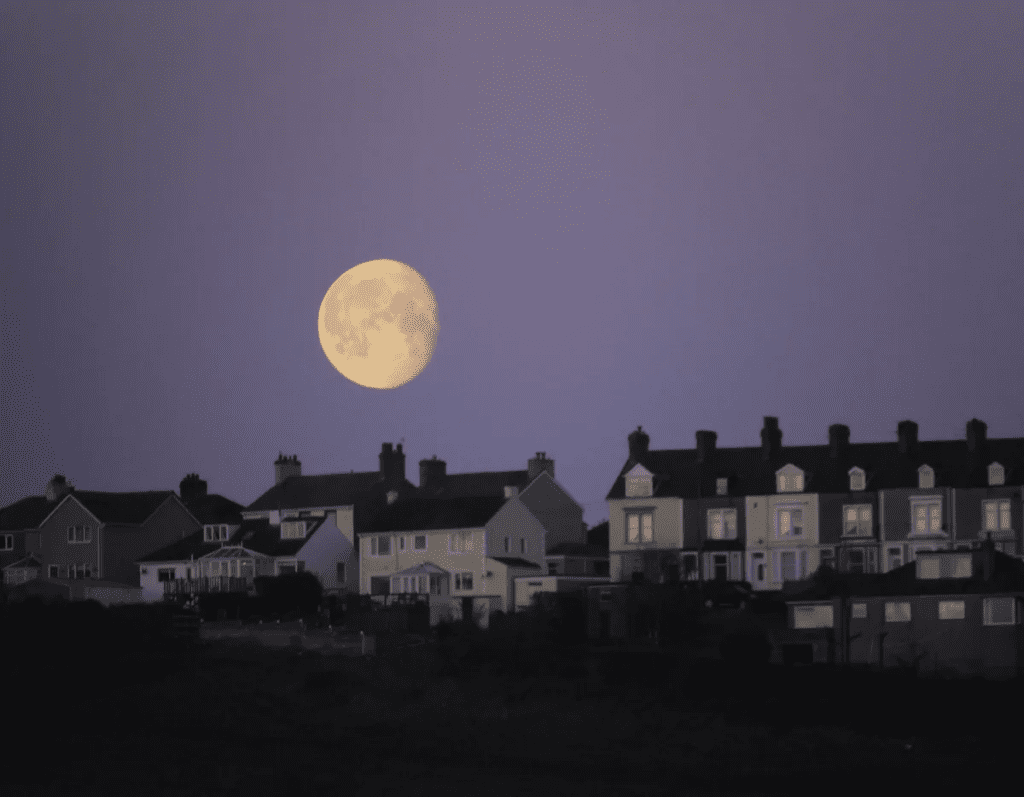
Moon Illusions and Orange Hues
Due to the Moon’s low position on the horizon, you’ll likely notice it looking bigger and perhaps even orange or rusty red. This is caused by Earth’s atmosphere scattering sunlight as it passes through, which alters the light’s appearance. If you see the Strawberry Moon looking huge and orange, you’re witnessing both the Moon illusion and the atmospheric scattering effect in action.






